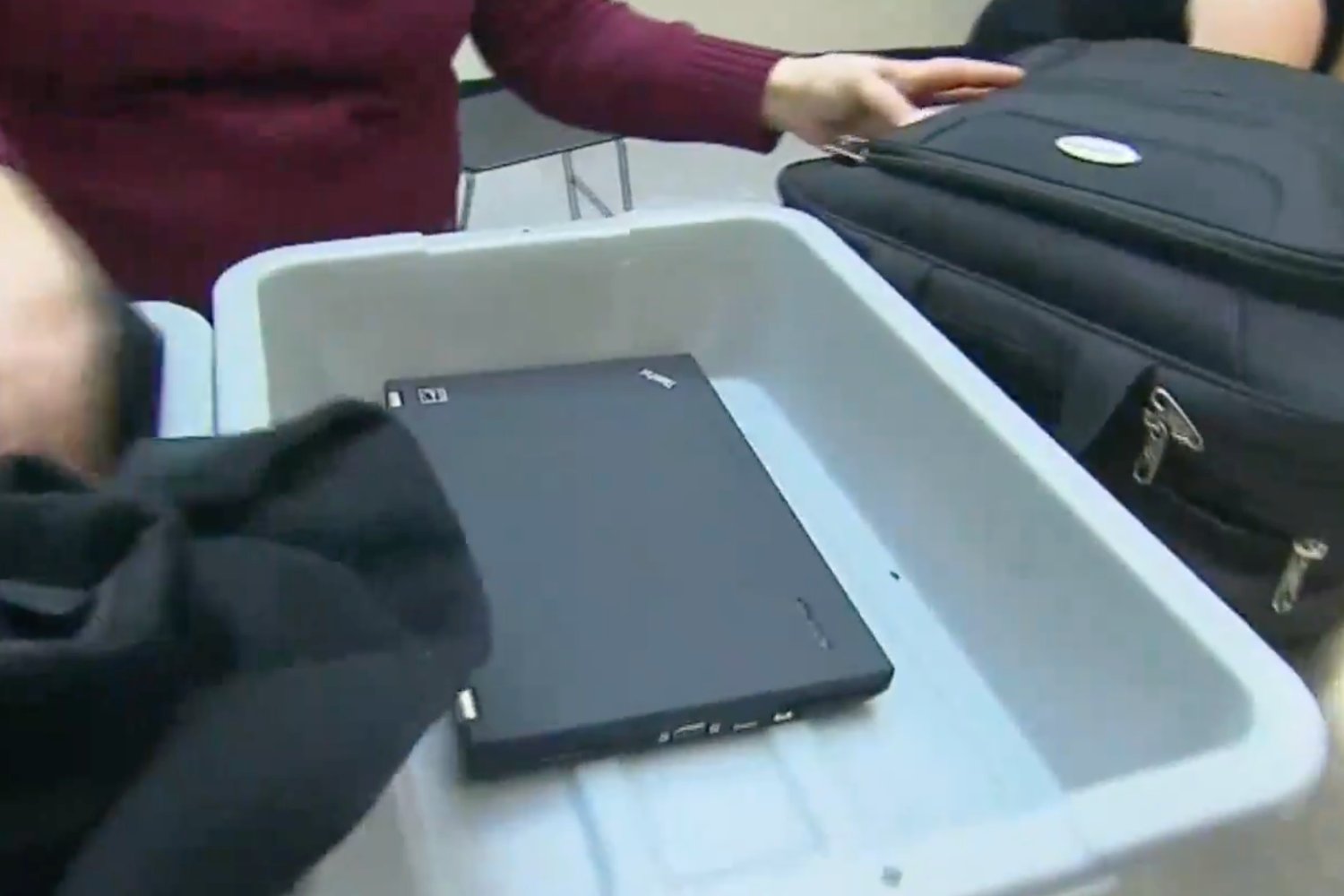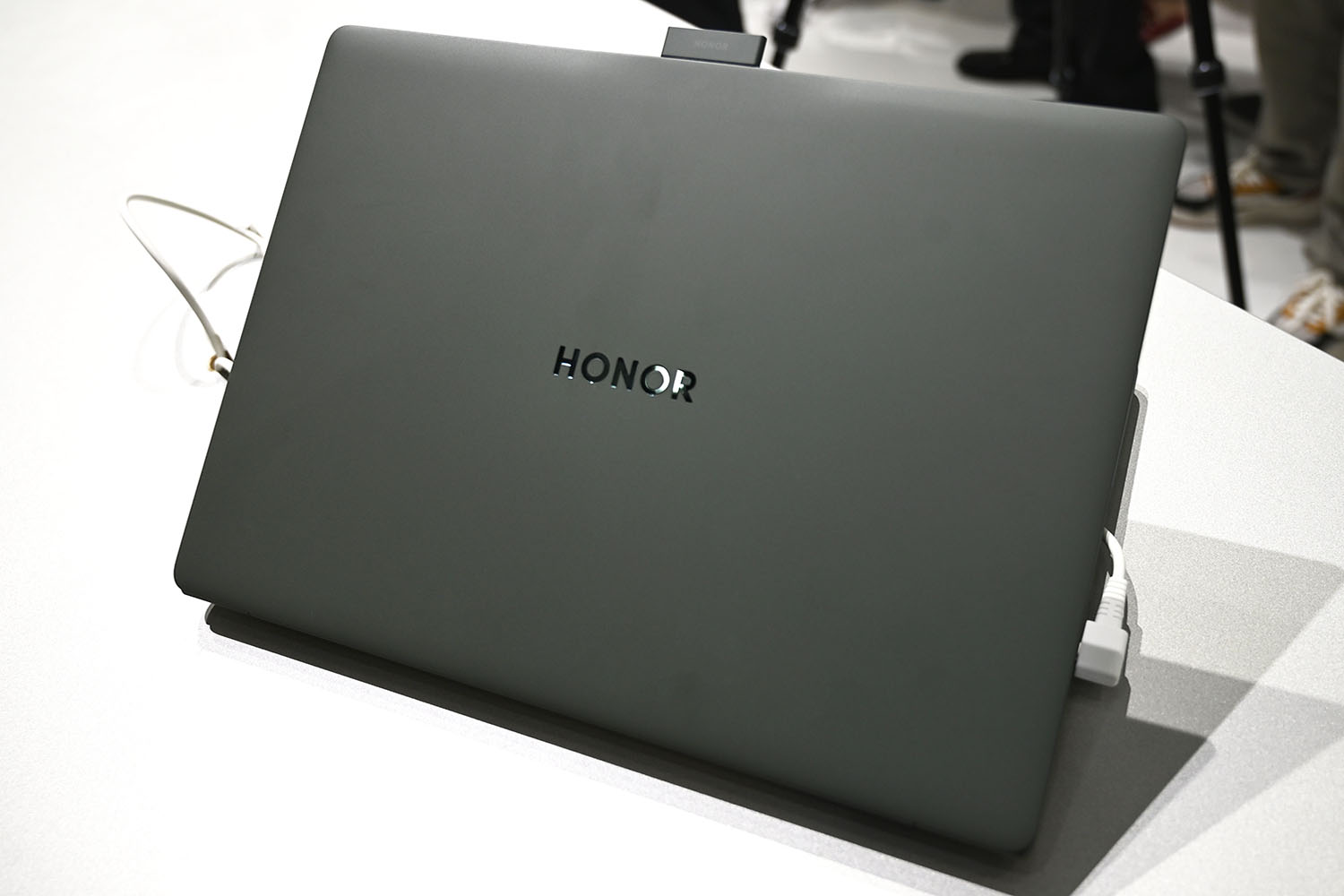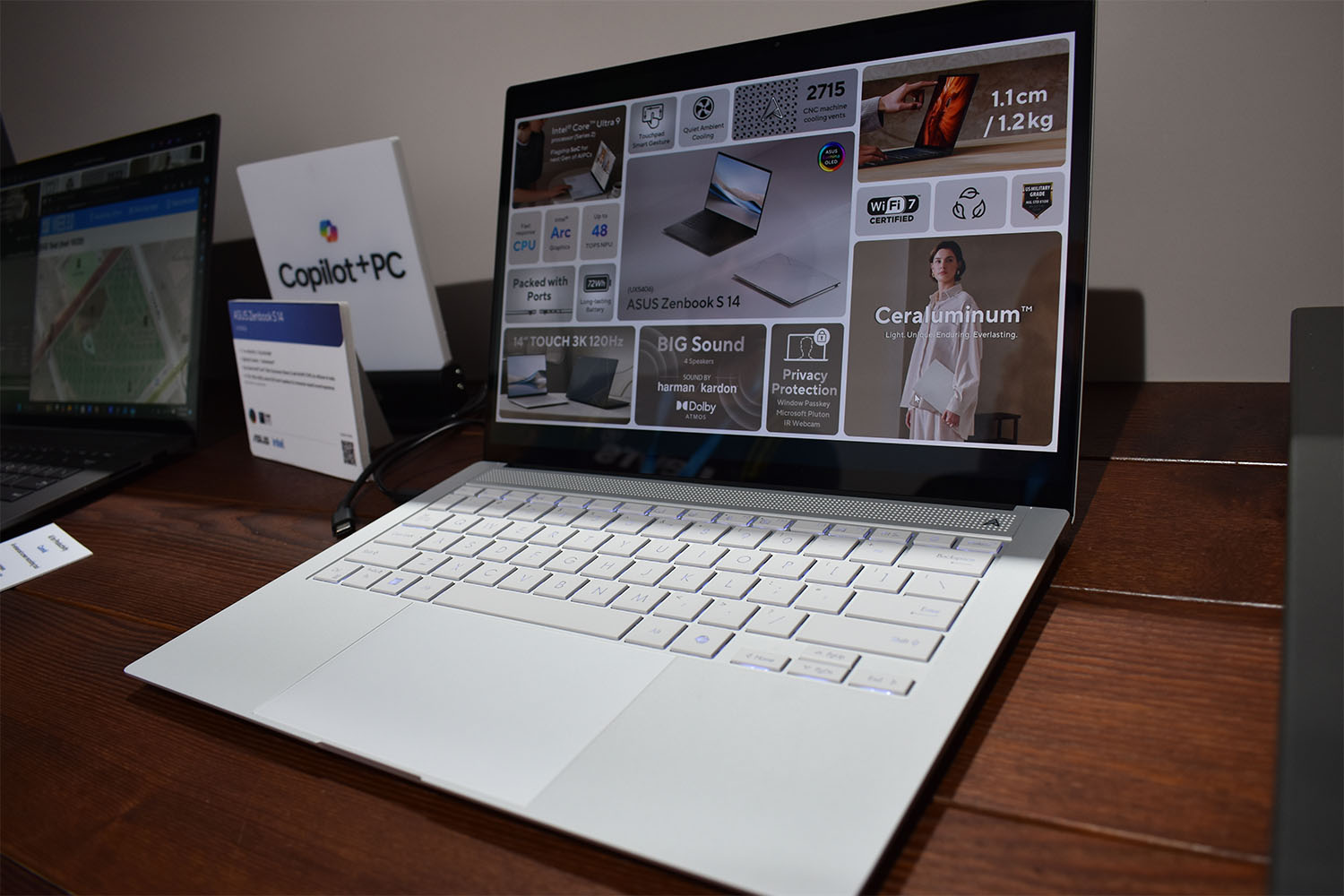I get it. It’s stressful when the airport staff is rushing you while in the check-in queue. But that doesn’t give you a reason to lie when asked about carrying items with lithium-ion batteries in your checked luggage. It’s too big of a risk to ignore, and if you genuinely don’t know the answer to that question, that’s still on you. It’s crucial to know the ins and outs of your tech so you can keep yourself and those around you safe.
Where are Li-ion batteries used?
A Li-ion battery is inside any tech that’s rechargeable. So, if you’re unsure about whether your device contains such a battery inside, simply think about whether it uses electricity to recharge. Some examples of Li-ion devices are laptops, mobile phones, e-bikes, vapes, e-cigarettes, and chargers.
Why are Li-ion batteries a threat?
They’re not. A Li-on battery in itself is not dangerous. It only becomes a threat when it overheats. There could be multiple causes behind its heating up and none of them are obvious enough for us to notice. Hence, it’s a good idea to avoid that risk altogether and not check in a device containing a lithium battery inside.
CBS affiliate KDKA ran a quick segment earlier this week reporting on the rise in air travel incidents involving Li-ion batteries. Apparently, there’s been an unprecedented 28% increase in the past five years with a total of 37 incidents in just 2024.
What’s worse is that most of these incidents resulted from insufficient knowledge of the issue. The report highlights most travelers being unaware of Li-ion batteries being a threat. It takes us back to an event in July at the San Francisco Airport where an American Airlines passenger’s laptop started smoking up and the fire department ultimately had to submerge it in water. She later confessed that she’s “used it forever” and hence considered it safe.
What makes a Li-ion battery unsafe?
A Li-ion battery only becomes unsafe when it overheats. NBAA explains that when batteries overheat, they enter a state called a thermal runaway. This is a “rapid, uncontrolled chemical reaction” and can result in one or multiple consequences out of an entire gamut of them. This ranges “from overheating, to emitting smoke, to bursting into flames or even exploding—spewing bits of white hot gel in all directions.”
Overheating can occur due to battery damage. Dropping your laptop charger once, for instance, could also lead to slight internal damage that would then make the charger a potential threat. Of course, we don’t keep track of all the times we drop our tech and could also be completely unaware of other instances where it undergoes damage. Seeing all Li-ion battery-powered devices as a potential threat is, therefore, easier and safer.
According to AvSax, a battery in perfect condition could also overheat due to getting lost in your airplane seat. The friction that it causes with the seat material, especially if you leave it unattended for a while, could lead to it overheating, smoking, or even catching fire.
Another reason why a battery could be a threat is because it’s a grey market purchase and doesn’t meet the quality standards of an OEM device. In such cases, it’ll be more susceptible to heating up even in normal charging conditions.
Educate yourself on tech risks
The report mentions that an average passenger brings four rechargeable devices on board. Multiply that by the number of passengers on an aircraft to get an idea of how much risk there is on every flight that you take. It also outlines pretty shocking facts such as 44% of Americans claiming that they “know nothing about these batteries” while 60% are unaware that these power most of the tech they regularly use. It gets worse. Less than one-third of passengers said that they’re not concerned about the risks that these batteries pose.
Your personal tech should always be with you in the overhead cabin. That way, if overheating occurs, it’s simpler and faster for the in-flight crew to take action, as opposed to a fire occurring in checked-in baggage which would be obvious after having caused sufficient damage.














